Noble values of world heritage site spread
The Yen Tu – Vinh Nghiem – Con Son, Kiep Bac Relics and Landscape Complex has recently been inscribed by UNESCO as a World Cultural Heritage Site.
In the time ahead, relevant sectors in Quang Ninh Province, Bac Ninh Province, and Hai Phong City will continue implementing measures to promote the values of this world cultural heritage.
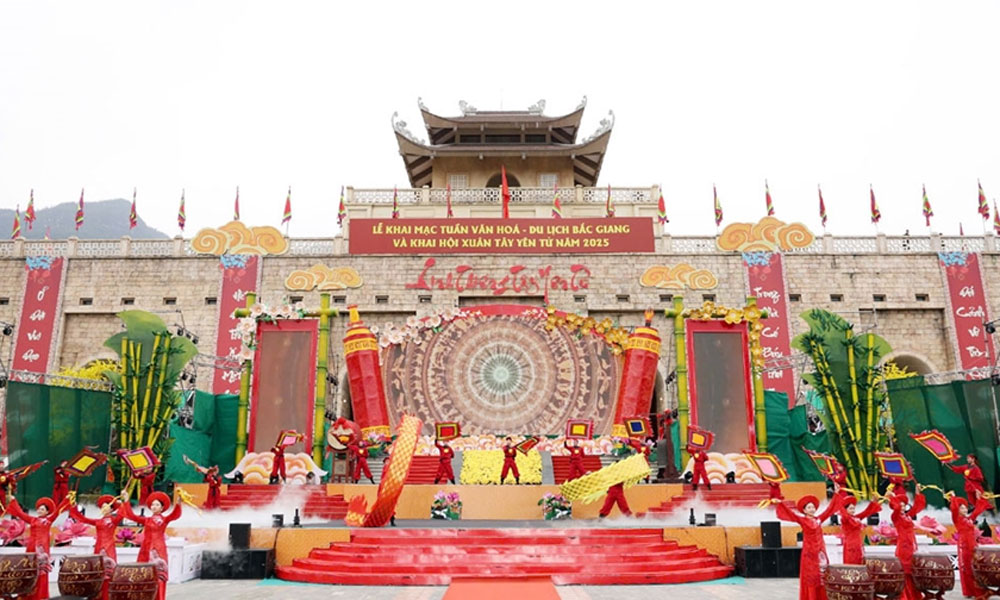 |
|
An art performance titled “Sacred Tay Yen Tu". |
These efforts aim to preserve the nation's unique historical and cultural values, foster sustainable tourism development, and spread Vietnamese heritage values to the global community.
The complex comprises a core area spanning more than 525 hectares and a buffer zone of 4,380 hectares, including 12 clusters and sites associated with the birth and development of the Truc Lam Zen Buddhist sect, the only indigenous school of Buddhism in Viet Nam, founded by King-Monk Tran Nhan Tong in the 13th century.
The heritage includes numerous nationally significant relics such as the Yen Tu Monuments and Scenic Landscape Complex, the Tran Dynasty Historical Site in Dong Trieu, Vinh Nghiem Pagoda, Bo Da Pagoda, the Con Son–Kiep Bac Historical Site; other relics classified by the Ministry of Culture, Sports and Tourism (such as Thanh Mai Pagoda); as well as antiquities, national treasures, intangible cultural heritage, and traditional festivals.
All of these are set within a landscape of mountains and forests with a rich cultural space spanning across Quang Ninh, Bac Ninh, and Hai Phong. These components are preserved and promoted sustainably and in accordance with the Law on Cultural Heritage and UNESCO’s 1972 Convention concerning the protection of the world cultural and natural heritage.
This is Viet Nam’s second inter-provincial serial heritage site, demonstrating exceptional values in religion, history, culture, and architecture.
The sites provide a comprehensive account of the history and ideology of the Truc Lam Zen sect, reflecting the process of formation and development, as well as the enduring relationship among tangible heritage, intangible heritage, and documentary heritage within historical and cultural spaces.
The ideological and cultural values of Truc Lam Buddhism — centred on harmony, reconciliation, and peace — align closely with UNESCO’s fundamental goals of preserving and enriching the shared values of humanity.
These include education for peace, the cultivation of a culture of peace, self-mastery, harmony between humans and nature, and respect for the natural order.
Within this heritage complex, Yen Tu (located in Quang Ninh Province) is the birthplace and development centre of Truc Lam Zen Buddhism. The system of pagodas, hermitages, stupas, steles, and statues in Yen Tu constitutes a rich trove of historical and material evidence closely associated with the life and monastic career of King-Monk Tran Nhan Tong and generations of Zen masters who practiced there.
Particularly noteworthy are the stone steles at Yen Tu, which contain an abundance of information about the development of Truc Lam Buddhism through different historical periods.
The Buddhist cultural space of Tay Yen Tu, located in Bac Ninh Province, bears strong historical and cultural imprints of the Truc Lam sect during the Ly–Tran dynasties.
Among these, Vinh Nghiem Pagoda stands as the central hub of the Truc Lam Buddhist cultural space. The pagoda was built in the 11th century during the reign of King Ly Thai To and was originally named Chuc Thanh Tu.
In the 13th century, the pagoda was expanded by King Tran Nhan Tong and renamed Vinh Nghiem, meaning “eternally enduring, eternally solemn”.
The pagoda not only served as a place of spiritual practice for the Truc Lam Buddhist patriarchs (Tran Nhan Tong, Phap Loa, and Huyen Quang) but also functioned as a training centre for monks and a hub for propagating Buddhist teachings during the Tran dynasty.
One of Vinh Nghiem Pagoda’s most precious legacies is its woodblock collection of Buddhist scriptures, consisting of 3,050 carved plates across nine canonical texts.
These woodblocks mark an important stage in the development of Nom scripts (Chinese transcribed Vietnamese) and the process of indigenising Buddhism in Viet Nam. In 2012, the collection was recognised by UNESCO as a Memory of the World for the Asia-Pacific region.
The nomination dossier highlighting the outstanding universal value of the Yen Tu–Vinh Nghiem–Con Son, Kiep Bac heritage complex emphasised the distinctive and important contributions of the Con Son – Kiep Bac site, located in Hai Phong City.
According to Nguyen Thi Thuy Lien, Head of the Management Board of the site, archaeological artifacts unearthed at this complex as well as in Thanh Mai Pagoda and Huyen Thien Pagoda, offer strong evidence of a flourishing culture that spanned many centuries on this land, underscoring the continued presence and evolution of Vietnamese civilisation across historical periods.
Con Son, with its Ky Lan and Ngu Nhac mountains, was one of three key centres of Truc Lam Buddhism during the Tran dynasty (the triad being Con Son–Yen Tu–Quynh Lam).
Con Son, Kiep Bac is a site intimately connected to many historical figures who embody the spirit, character, and cultural brilliance of Viet Nam across various historical epochs, such as Tran Nhan Tong, Phap Loa, Huyen Quang, Tran Hung Dao, Tran Nguyen Dan, and Nguyen Trai.
With a history spanning more than 700 years, the site preserves a rich repository of both tangible and intangible cultural values relating to history, religion, and spiritual traditions.
Commenting on the inclusion of the Yen Tu – Vinh Nghiem – Con Son, Kiep Bac Complex and other Vietnamese heritage sites in the list of World Cultural Heritage, Deputy Minister of Culture, Sports and Tourism Hoang Dao Cuong stated: “For many years, the system of historical and intangible cultural heritage sites across the country has received great support from the Ministry of Culture, Sports and Tourism, the Ministry of Foreign Affairs, and local governments through a wide range of conservation and restoration projects. Efforts have also been made to study and identify values to compile nomination dossiers for both national and international recognition. These actions help safeguard the outstanding universal value of heritage sites, support sustainable livelihoods, and improve the cultural and spiritual well-being of communities in those localities.”
For instance, to preserve and promote the values of the Tay Yen Tu heritage area, the former Bac Giang Province conducted surveys and reconstructed the “Path of Dharma Propagation”, retracing the journey of King-Monk Tran Nhan Tong as he travelled along the western slopes of Yen Tu to reach the summit for spiritual retreat.
The province also developed a master plan for the preservation and promotion of Vinh Nghiem Pagoda, which has been approved by the Prime Minister. Covering an area of 40 hectares, the plan aims to transform Vinh Nghiem into a major spiritual tourism destination.
Since 2013, the former Hải Dương Province (now part of Hai Phong City) has invested hundreds of billions of Vietnamese dong from various funding sources into the preservation, restoration, and reconstruction of monuments within the Con Son–Kiep Bac heritage cluster.
These efforts have also included the expansion of transportation infrastructure, afforestation, and environmental landscape improvements. Notable projects include the restoration and embellishment of Kiep Bac Temple, the construction of access roads to the Con Son – Kiep Bac Historical Site, restoration works at Con Son Pagoda, and tourism infrastructure development for Huyen Thien Pagoda.
Over the past decade, local authorities have worked closely with the Ministry of Culture, Sports and Tourism as well as domestic and international experts and scholars to organise hundreds of surveys and both national and international conferences.
From the initial dossier in 2012, which focused on Yen Tu (Quang Ninh), the nomination was expanded in 2020 to include monuments in the former provinces of Bac Giang and Hai Duong and was revised to fully align with UNESCO criteria.
Since 2020, Quang Ninh Province, the lead agency in preparing the nomination, has issued nearly 650 official documents, hosted eight international conferences, held 11 meetings with central ministries and agencies, and convened hundreds of provincial-level meetings to review and refine the dossier.
Localities have collectively invested thousands of billions of VND to restore, preserve, and reconstruct heritage structures; revitalise traditional festivals and rituals; and conserve antiquities, woodblock texts, and primeval forest ecosystems, linking all these efforts to sustainable tourism development.
In January 2024, the final dossier for the Yen Tu – Vinh Nghiem – Con Son, Kiep Bac Complex of Monuments and Scenic Landscapes was completed and submitted to UNESCO for recognition as a World Heritage Site, incorporating updated data and appropriate proposals.
As outlined in the heritage dossier, there are currently around 30 million adherents, 50,000 monks and nuns, and over 15,000 pagodas following the Truc Lam Zen school in more than 30 countries worldwide.
The Yen Tu–Vinh Nghiem–Con Son, Kiep Bac complex is not only a historical testament but also a deeply spiritual space that reflects the harmonious relationship between humans and nature — a key aspect of Vietnamese cultural identity.
The UNESCO recognition of the Yen Tu–Vinh Nghiem–Con Son, Kiep Bac complex as a World Cultural Heritage Site opens new opportunities for the development of spiritual tourism, ecological tourism, and cultural tourism closely tied to heritage.
Nguyen Thi Hanh, Vice Chairwoman of the Quang Ninh Provincial People’s Committee, stated: “Quang Ninh Province will coordinate with Bac Ninh Province and Hai Phong City to continue developing and implementing a master plan for preserving, restoring, and promoting the heritage site’s values, ensuring sustainability and the widespread dissemination of the noble values of this World Heritage Site.”
 Bắc Ninh
Bắc Ninh
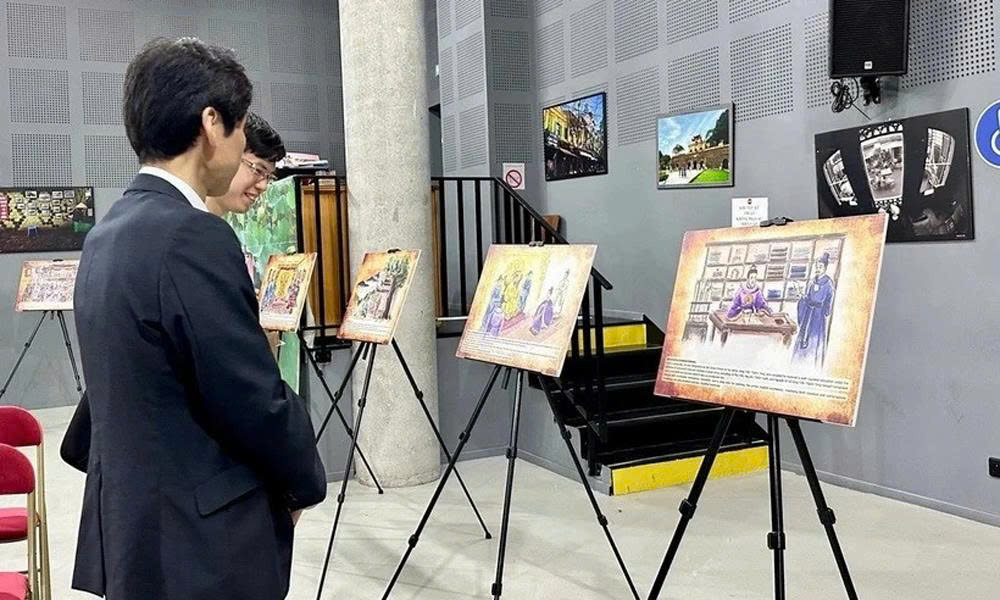

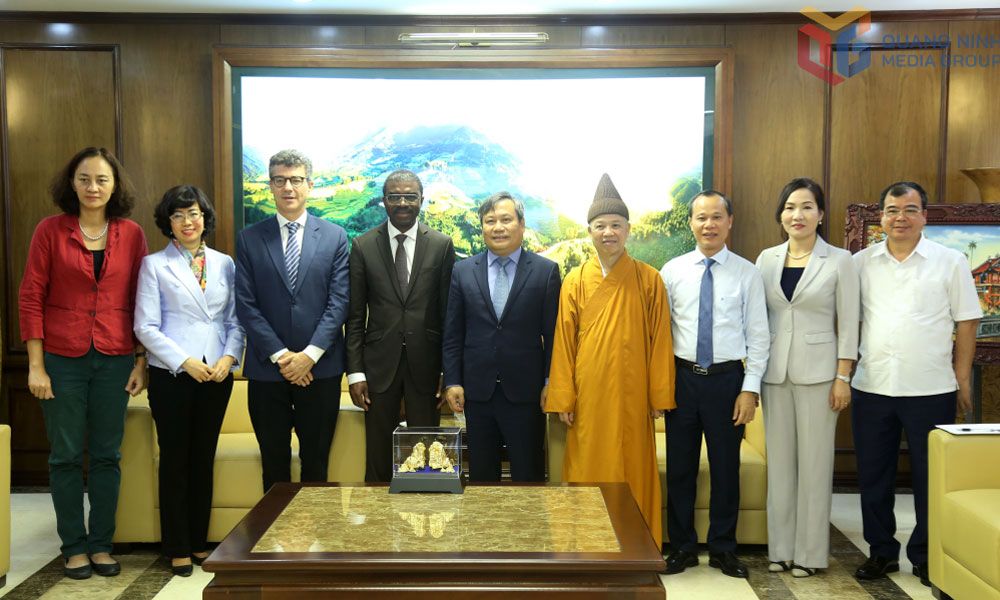
.jpg)

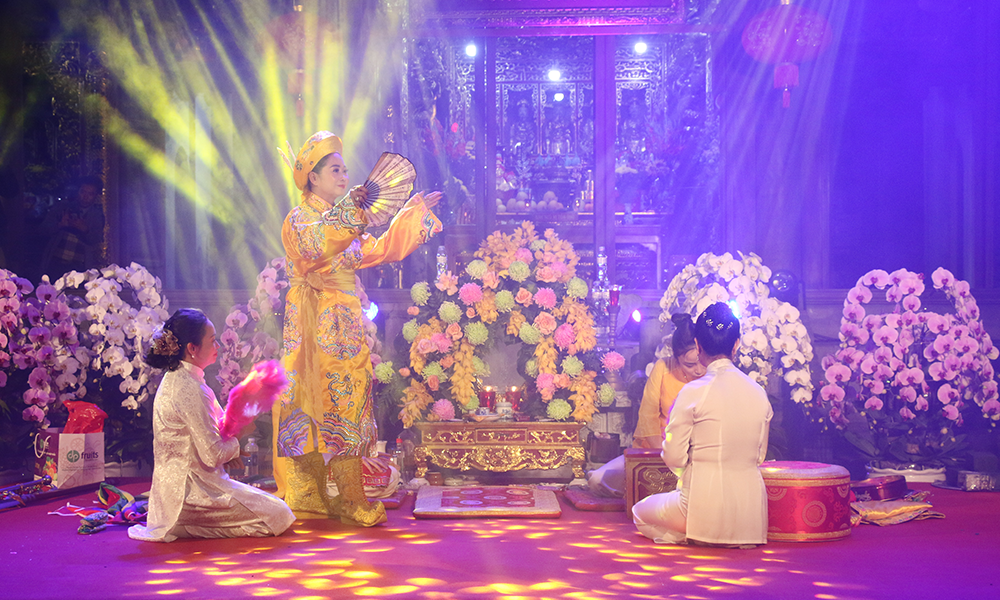
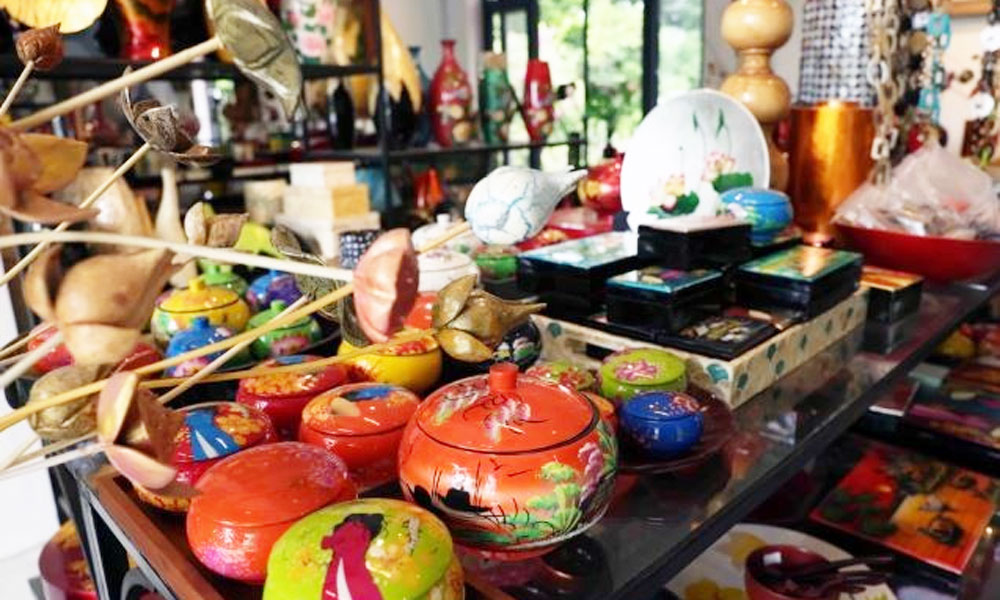

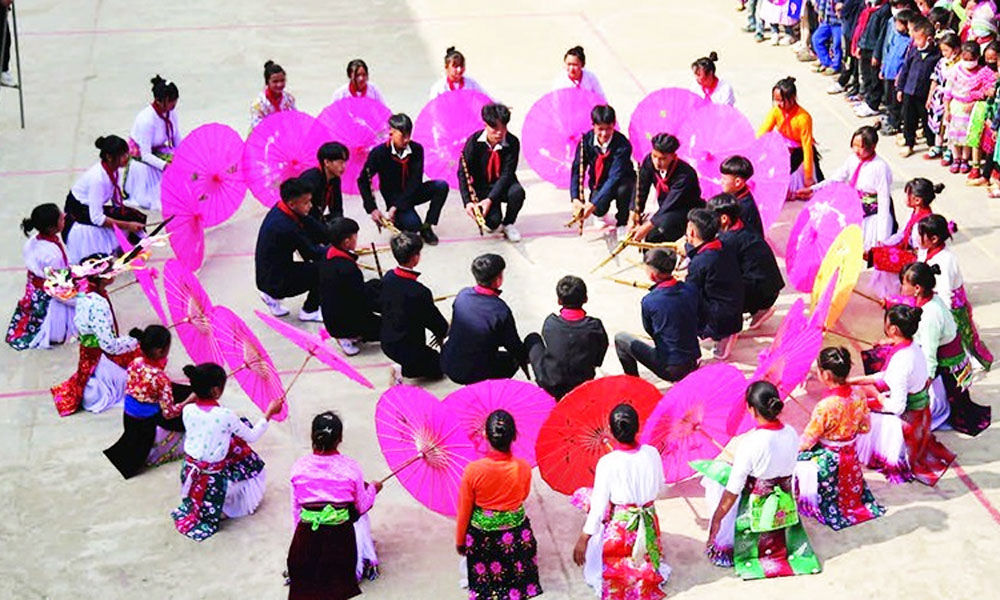

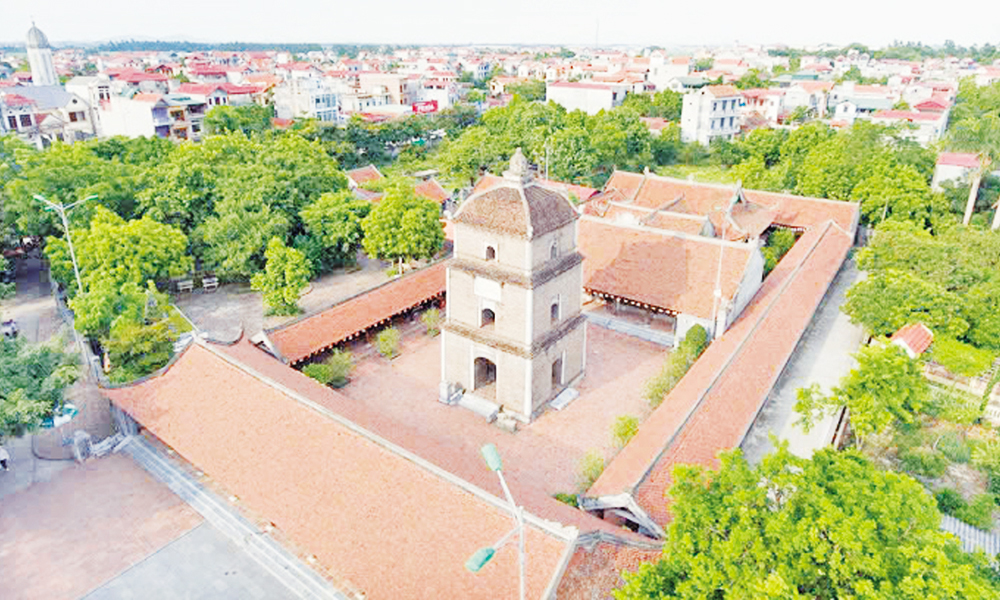
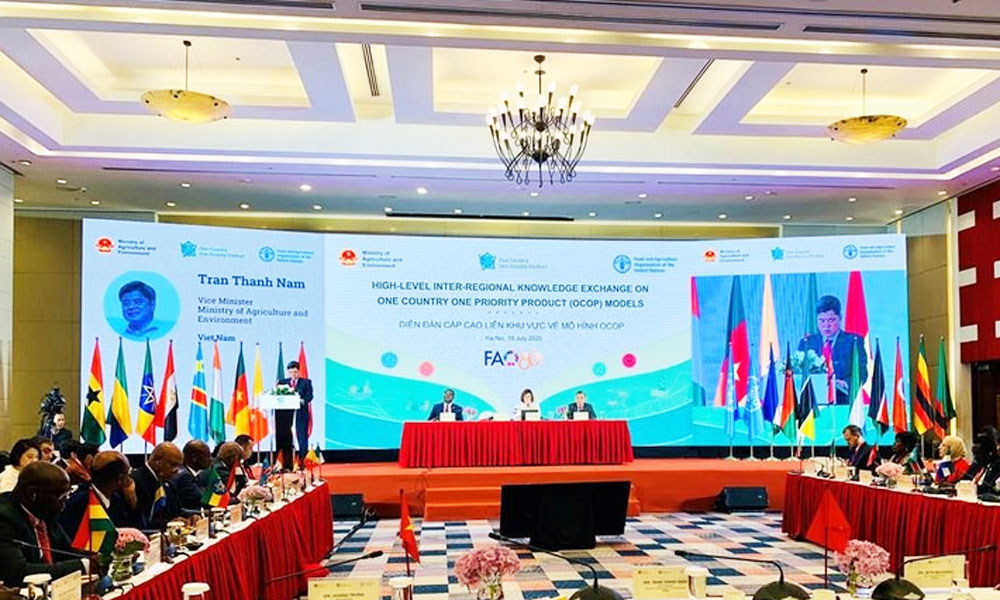


Reader's comments (0)